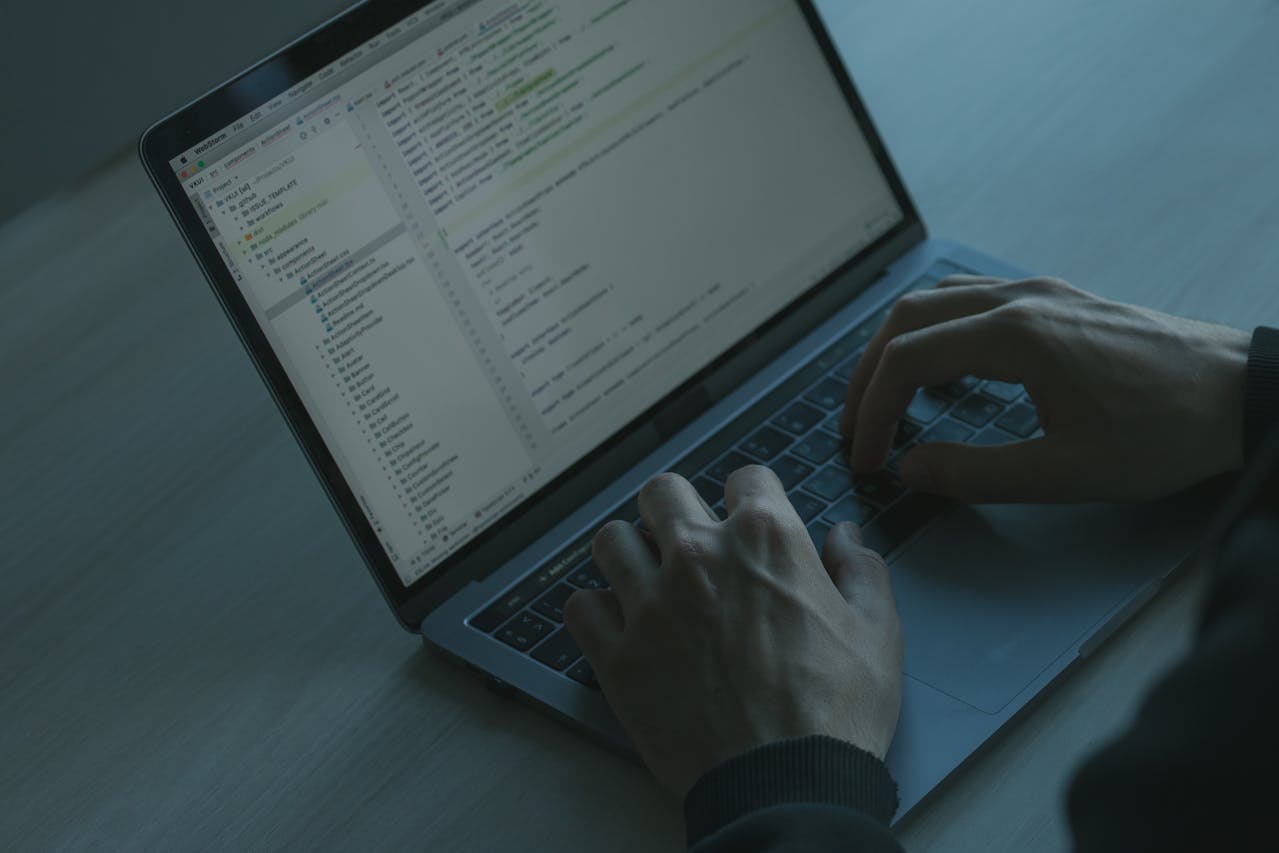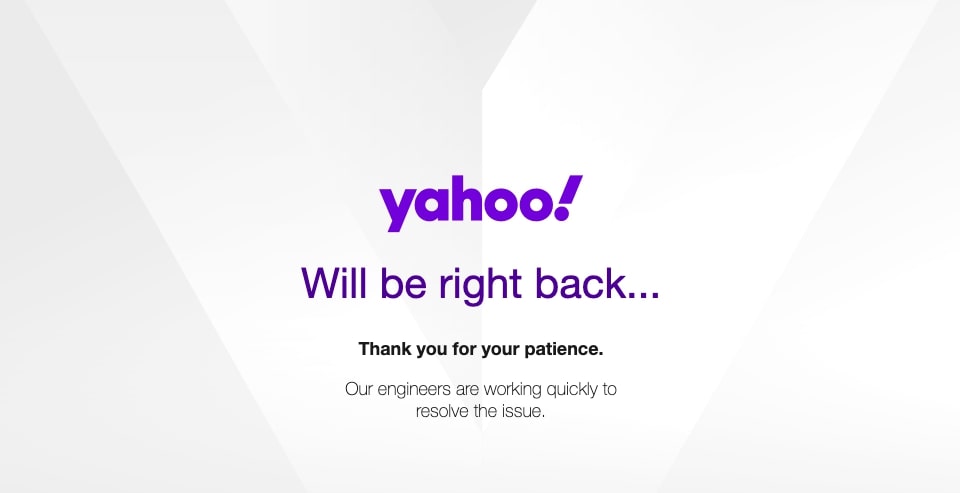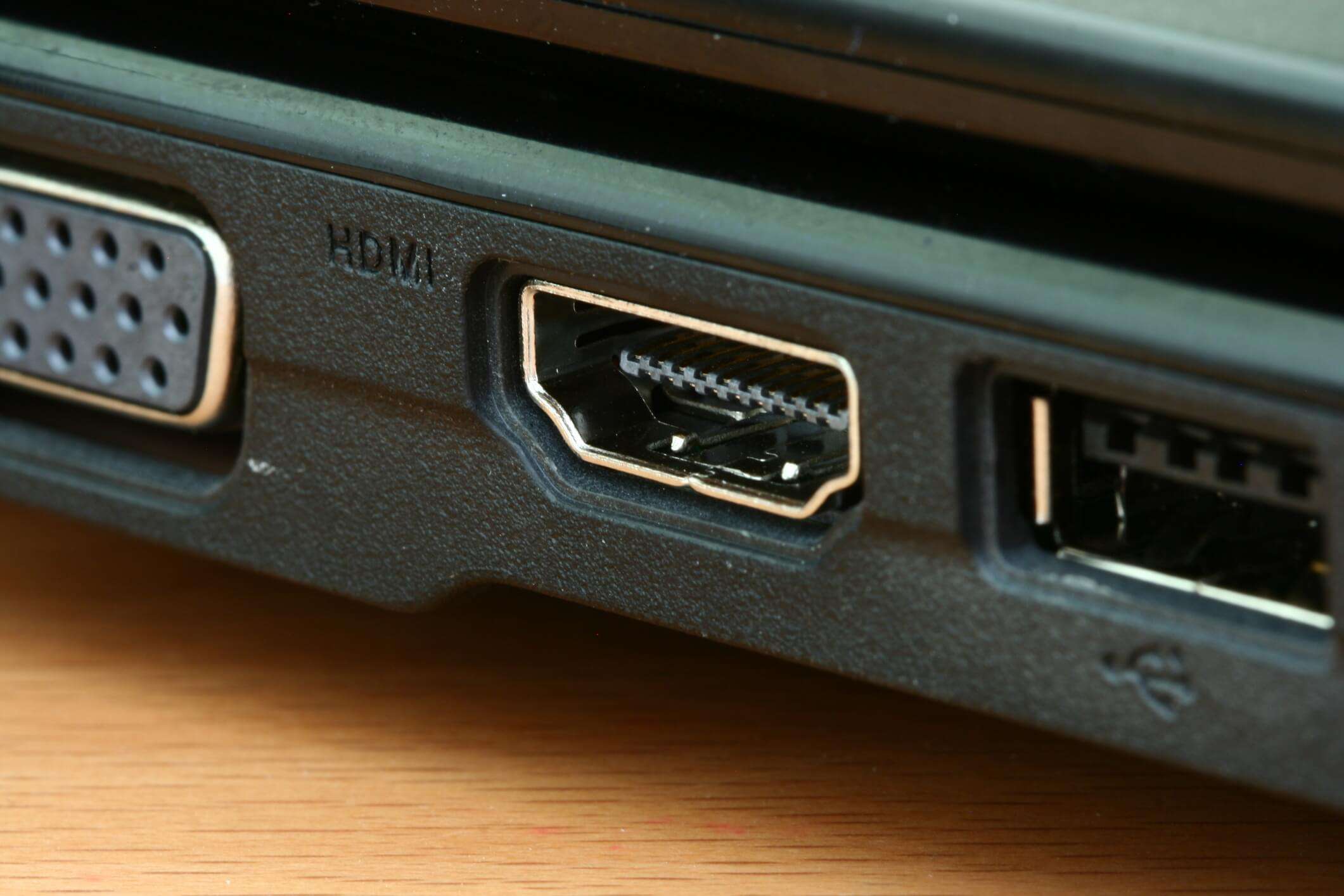How to Fill Out a Money Order? A Detailed Guide for Beginners
A money order is a document that certifies the amount of money paid for goods or services. It’s similar to a check, but there are a few key differences. For one, a money order is prepaid, so you’ll need to purchase it before you can use it. Money orders are also generally less expensive than checks.
When you need to send or receive a money order, it’s important to know how to fill one out correctly. Otherwise, you could end up with an invalid document. In this guide, we’ll walk you through the process of filling out a money order step-by-step. We’ll also provide some tips on what to do if you make a mistake.
- Start by filling in the date on the top right-hand side of the money order. This is the day that you’re sending the money order.
- In the “Pay to” section, write out the full name of the person or business that you’re sending money to.
- In the “Amount” section, write out the amount of money you’re sending in numbers and words. For example, if you’re sending $50, you would write “Fifty dollars and 00/100.”
- In the “From” section, write out your full name. This is the name of the person who is sending the money order.
- In the “Address” section, write out your mailing address. This is the address where the money order should be sent if it’s not cashed within a certain period of time.
- In the “Memo” section, you can optionally write out a brief message about the money order. For example, you might include the purpose of the payment or the name of the person who is receiving it.
- Finally, sign your name in the “Signature” section. This shows that you agree to the terms of the money order and that you’re the one sending it.
- Once you’ve finished filling out the money order, make a copy for your records. Then, send the original money order to the recipient by mail.
If you make a mistake when filling out a money order, don’t worry. You can usually get it corrected by crossing out the incorrect information and writing in the correct information above it. Just be sure to initial and date the correction so that it’s clear what was changed.
When filling out a money order, it’s important to be as accurate and precise as possible. This will help to ensure that the money order is valid and that the recipient receives the correct amount of money. Follow these steps and you’ll be able to fill out a money order like a pro!
What address do you put on a money order?
The address you put on a money order depends on where you’re sending it. If you’re sending it to someone in the same country, you would use their mailing address. If you’re sending it to someone in a different country, you would use their shipping address. In either case, be sure to include any relevant apartment numbers or suite numbers.
Who is the purchaser on a money order?
The purchaser is the person who buys the money order and pays for it with cash or a debit card. The purchaser is also the sender of the money order. When filling out a money order, the purchaser’s name and address will be listed in the “From” section.
Who is the payee on a money order?
The payee is the person who receives the money order. The payee’s name and address will be listed in the “Pay to” section of the money order.
How do you fill out a money order from Walmart?
When filling out a money order from Walmart, you’ll need to provide the following information:
- The date of purchase
- The payee’s name and address
- The amount of money being sent
- The sender’s name and address
- A brief message (optional)
- The purchaser’s signature
Be sure to include any relevant apartment numbers or suite numbers in the payee’s address. And if you’re sending the money order to someone in a different country, be sure to use their shipping address.
Where can I get a money order?
You can get a money order from a variety of places, including banks, post offices, and grocery stores. You can also purchase them online from companies like Western Union and MoneyGram.
How much does a money order cost?
The cost of a money order varies depending on the issuer. For example, the U.S. Postal Service charges $1 for a money order up to $500. MoneyGram charges $5 for a money order up to $1,000. And Western Union charges $10 for a money order up to $1,000.










